When I first set foot in Foggia, the charm of this lesser-known Italian city took me by surprise. Nestled in the Puglia region, Foggia offers an authentic Italian experience, far from the crowds that flock to cities like Rome or Florence. One of the first things I had to figure out was how to navigate the city using public transportation. Coming from a background of frequent travels, I knew how important it was to understand the local transportation system, especially in a city that isn’t typically a top tourist destination.
Here’s what I’ve learned about getting around Foggia and how to make the most of the city’s public transport options.
1. The Basics of Foggia’s Public Transport System
Unlike some of Italy’s major cities, Foggia doesn’t boast a sprawling metro system or complex networks of trams. But it does have a reliable and relatively simple public transportation network that’s easy to use once you know the basics. The main modes of transport are buses, which are the backbone of the system. There’s also the occasional taxi or ride-sharing option if you’re in a rush or heading out of town.
Buses in Foggia
The bus system in Foggia is operated by APT Foggia, and it connects most parts of the city and surrounding areas. From the city center to the outskirts, and even some small towns in the region, buses are the most common form of public transport.
How to get a ticket: Tickets for the bus are available at multiple points around the city. The most convenient option is to purchase a single ticket on board. However, if you prefer to buy it in advance, you’ll find ticket booths in certain locations like Piazza Cavour and at the train station. If you’re planning to travel around a lot, a day pass might be worth considering. I opted for a day pass, which gave me unlimited access to all the bus routes for 24 hours. This turned out to be very convenient, as I didn’t have to worry about buying tickets repeatedly.
Bus Schedules and Timeliness: The bus schedules are generally available at bus stops, but I found them a bit tricky to understand at first due to the language barrier. The buses typically run every 15 to 30 minutes during peak hours, but during late evenings and weekends, the intervals stretch out a bit longer. One thing I learned the hard way was that buses can sometimes run a little late, so if you’re on a tight schedule, it’s best to leave some buffer time.
I was pleasantly surprised by how clean and well-maintained the buses were. Some of them even had air conditioning, which was a huge plus during the summer heat. The ride was smooth, and the buses themselves were quite modern compared to what I expected from a smaller city.

2. Navigating the City with Ease
One of the best aspects of Foggia is how compact the city is. Although public transport is useful, many of the attractions are within walking distance from each other. But for those longer trips or if you’re just not in the mood for walking, buses are your best bet.
Getting from the Train Station to the City Center
If you’re arriving in Foggia by train (as I did), the train station is well-connected to the city center by bus routes. The bus stop right outside the station is a good starting point for your journey. I hopped onto a bus that took me directly to the main square, Piazza Cavour, in about 10 minutes. It was a quick and affordable ride, and it set the tone for my entire trip: simple, stress-free, and surprisingly efficient.
Exploring Local Sights
While Foggia’s historical center isn’t vast, it’s filled with hidden gems, from the beautiful Cathedral of Foggia to the charming Parco Urbano Karol Wojtyla. I took the bus to some of the attractions a little further out. For instance, a visit to Museo Civico di Foggia was a nice way to dive deeper into the local history and culture. The museum was about a 20-minute bus ride from the city center, and the area was peaceful with fewer tourists around.
The bus took me through some scenic parts of Foggia, which gave me a glimpse of daily life here. In the morning, I noticed locals on their way to work, school children chatting amongst themselves, and older people running errands. The buses weren’t packed, which meant a relaxed and comfortable ride.
3. How to Handle Language Barriers
Italian is the primary language in Foggia, and while some people in the tourism industry speak English, it’s helpful to know a few basic phrases to get by. At bus stations, ticketing machines and signs are usually in Italian, but I found that the bus drivers were understanding when I asked questions. To make things easier, I downloaded an Italian language app on my phone and used it to translate some of the bus schedules and timetables.
I also found it helpful to have the Google Maps app to track my bus routes in real-time. I used it to check which bus to take from one place to another and to ensure I wasn’t missing my stop. The system worked pretty well, and it gave me the confidence to explore without worrying about getting lost.
4. Other Public Transport Options in Foggia
Although buses are the primary mode of transport, there are a few alternatives if you need them. For instance, I found taxis to be readily available throughout the city, especially near major squares like Piazza Cavour. However, I chose not to rely on them much because they tend to be more expensive than buses and, to be honest, the buses were just as convenient.
If you’re heading to a destination outside of Foggia, such as nearby towns or coastal areas, the Autolinee del Gargano offers regional bus services. These buses connect Foggia to other cities within the region, and I ended up taking one to visit a town nearby called Vieste. The trip was straightforward, with the buses running on time and the ride comfortable.
5. Day Trips: Using Public Transport to Explore Foggia’s Surroundings
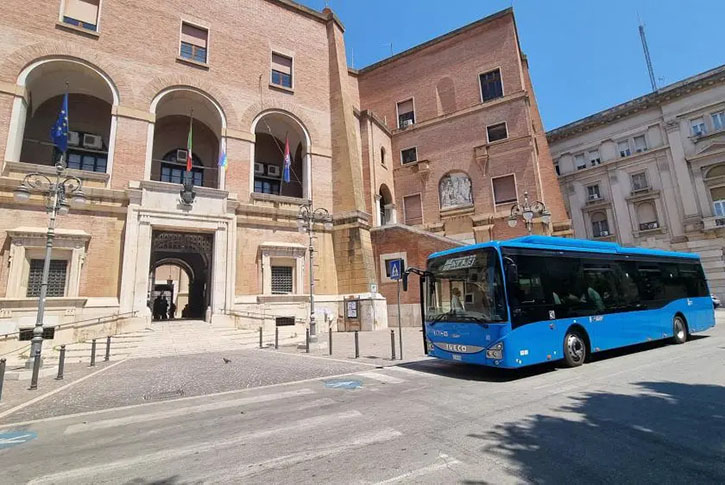
Foggia is ideally located for taking day trips to nearby towns and attractions, and public transportation makes it easy to explore the surrounding areas without the hassle of renting a car. I took advantage of this by hopping on a regional bus to visit the nearby Gargano National Park. The trip was scenic, and the park itself was a perfect getaway for a day of hiking and nature walks. The journey took about an hour, and the bus was comfortable with plenty of legroom.
Another great day trip was to the historic town of Lucera. It was about a 30-minute bus ride from Foggia. The bus was almost empty, which allowed me to sit back and relax while taking in the views of the rolling hills of Puglia. Lucera has a rich history, with Roman ruins and medieval castles. Getting there by bus was incredibly easy, and I appreciated the ease of access to these lesser-known places.
6. Making the Most of Your Trip: Tips for a Smooth Journey
If you’re planning on using public transport in Foggia, here are a few tips that helped me during my trip:
- Plan Your Routes: Google Maps is your best friend when it comes to finding bus routes. It offers real-time bus schedules and directions. I recommend checking the bus times ahead of time to avoid long waits, especially during off-peak hours.
- Purchase Tickets in Advance: While buying tickets on the bus is easy, it’s sometimes more economical to buy them at a kiosk in advance. Look for ticket machines or small shops selling bus tickets around the city, especially near popular tourist spots.
- Know Your Stops: Bus stops in Foggia are usually clearly marked, but if you’re unsure, don’t hesitate to ask the driver or a local for help. The people here are friendly and used to tourists.
- Keep Some Cash Handy: Although credit cards are widely accepted in shops and restaurants, smaller bus ticket vendors might only take cash, so it’s a good idea to carry some euros with you.
- Be Prepared for Delays: While public transportation in Foggia is generally reliable, there can be occasional delays, especially during peak hours or in the summer when there are more visitors. I found that being a little patient and keeping an eye on the time helped me avoid unnecessary stress.
By the end of my trip, I had grown to appreciate how simple and effective the public transport system in Foggia was. It wasn’t as complicated as some larger cities, and it allowed me to immerse myself in the rhythm of local life.
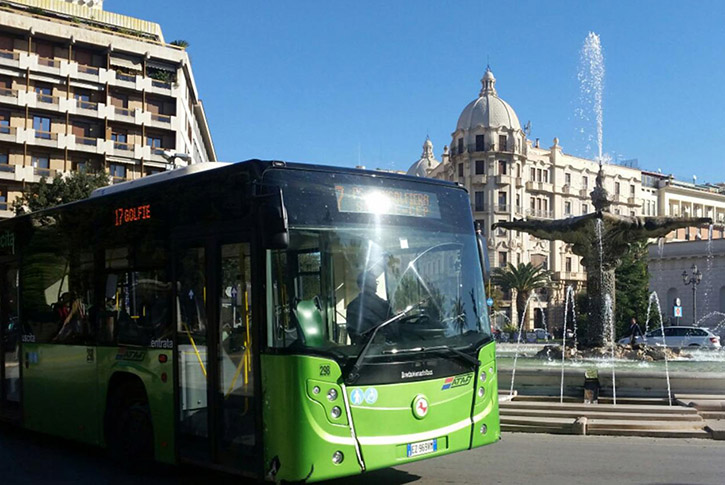


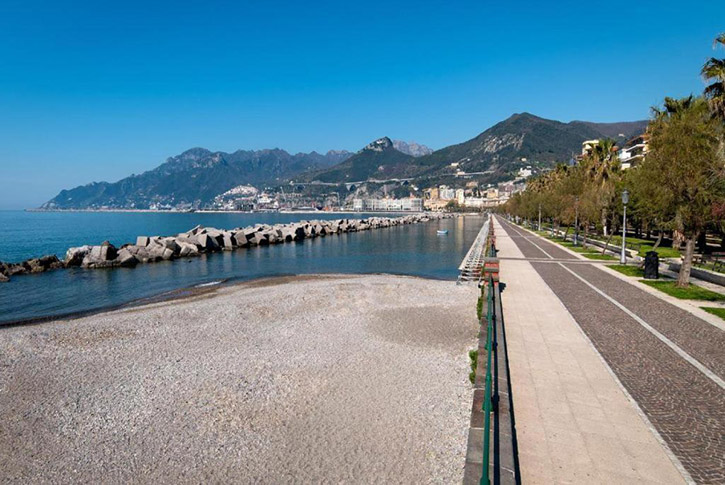
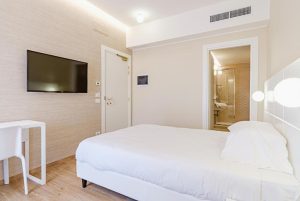

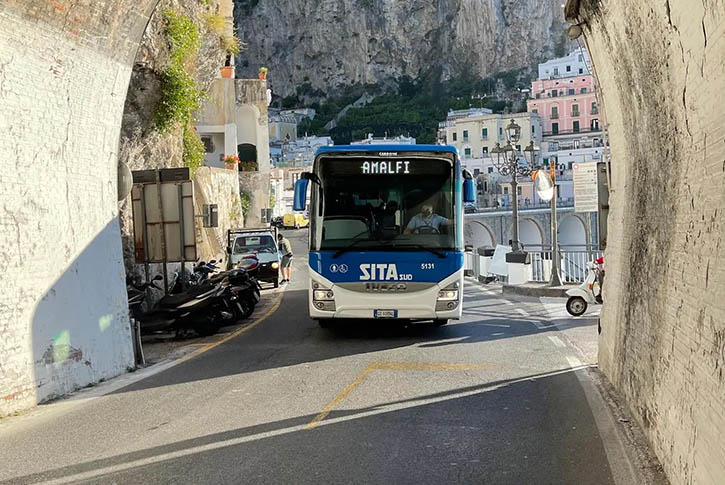
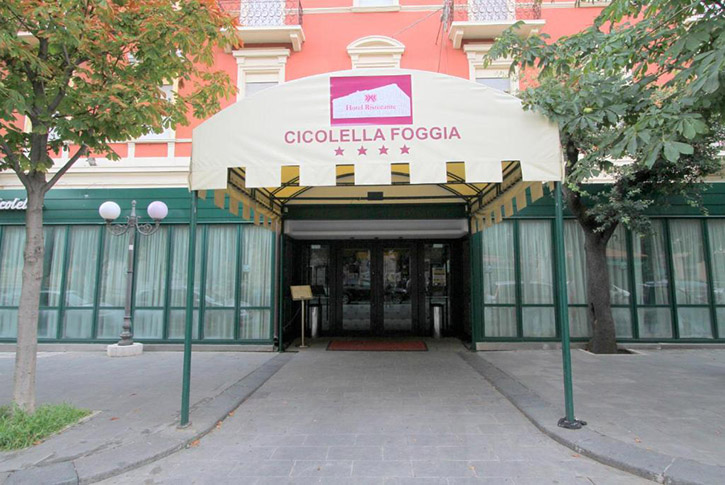
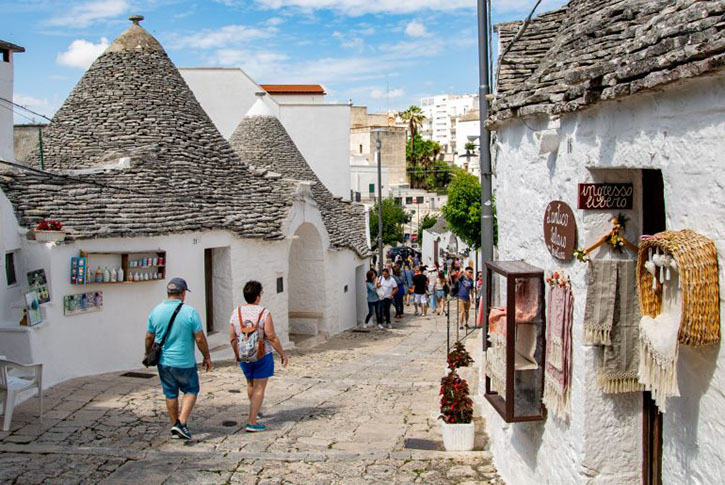
+ There are no comments
Add yours